As gold prices climb above $3,300 per ounce, West African mine operators are deploying drones to curb illegal mining, protecting profits and reducing violent clashes. At Gold Fields’ Tarkwa mine in Ghana, surveillance drones recently uncovered abandoned equipment and contaminated water left by wildcat miners, highlighting a high-tech response to a growing challenge, Reuters reports.
Rising Gold Prices Fuel Tensions
Skyrocketing gold prices, potentially reaching $5,000 per ounce due to central bank buying and geopolitical tensions, are driving artisanal miners to encroach on corporate concessions. In West Africa, 3 to 5 million people rely on unregulated mining, producing 30% of the region’s gold, per industry data. These operations, often funded by local cartels or foreign investors, use advanced equipment to dig up to 328 feet (100 meters), competing with industrial miners and shortening mine lifespans.
“We’re seeing artisanal miners digging up to 100 meters and impacting the ore body of the big miners, so we’re losing money,” said Adama Soro, president of the West African Federation of Chambers of Mines.
Drone Surveillance Enhances Security
At Tarkwa, covering 81 square miles (210 square kilometers), drones equipped with cameras scan dense vegetation for signs of illicit activity.
“Because of the vegetation cover, if you don’t have eyes in the air, you won’t know something destructive is happening,” said Edwin Asare, head of protection services at Gold Fields Tarkwa Mine.
A recent drone patrol led to the seizure of seven water pumps and a gold-extracting unit within 20 minutes, demonstrating rapid response capabilities. Ghana’s Minerals Commission is advancing this approach with an AI-powered control room analyzing data from 28 drones, including trackers to disable unauthorized excavators remotely.
Economic and Environmental Toll
Wildcat mining disrupts operations, halts production for up to a month, and causes environmental damage through mercury and cyanide contamination. Ghana lost over 229 metric tons of gold to smuggling from 2019 to 2023, depriving the economy of revenue, according to Swissaid researcher Marc Ummel: “Because of porous borders and weak regulations, the majority of their produce is smuggled.” Corporate miners spend heavily—up to $500,000 annually—on drone surveillance, diverting funds from community projects.
Push for Military Support
Violent confrontations, including 20 wildcat miner deaths since late 2024 at sites like Newmont’s Ahafo and AngloGold Ashanti’s Obuasi, have prompted miners to seek military protection. Ghana’s Chamber of Mines, led by COO Ahmed Dasana Nantogmah, is negotiating for military presence at high-risk sites, with daily deployment costs estimated at $18,116 for a 50-person contingent. “Ideally, we want military presence at all mining operations,” Nantogmah said, noting positive government talks in April.
Looking Ahead
Drones offer a scalable solution to monitor vast mining concessions, reducing reliance on costly military interventions. Ghana’s AI-driven drone program could set a regional standard, balancing security with economic benefits. However, addressing the root causes—poverty and unfulfilled corporate promises—remains critical to easing tensions. “Those promises have not been fulfilled,” said artisanal miner Famanson Keita, highlighting the need for better job opportunities to deter illegal mining.
Photos courtesy of Wikipedia.
Discover more from DroneXL.co
Subscribe to get the latest posts sent to your email.







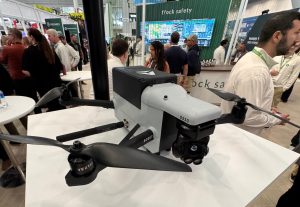

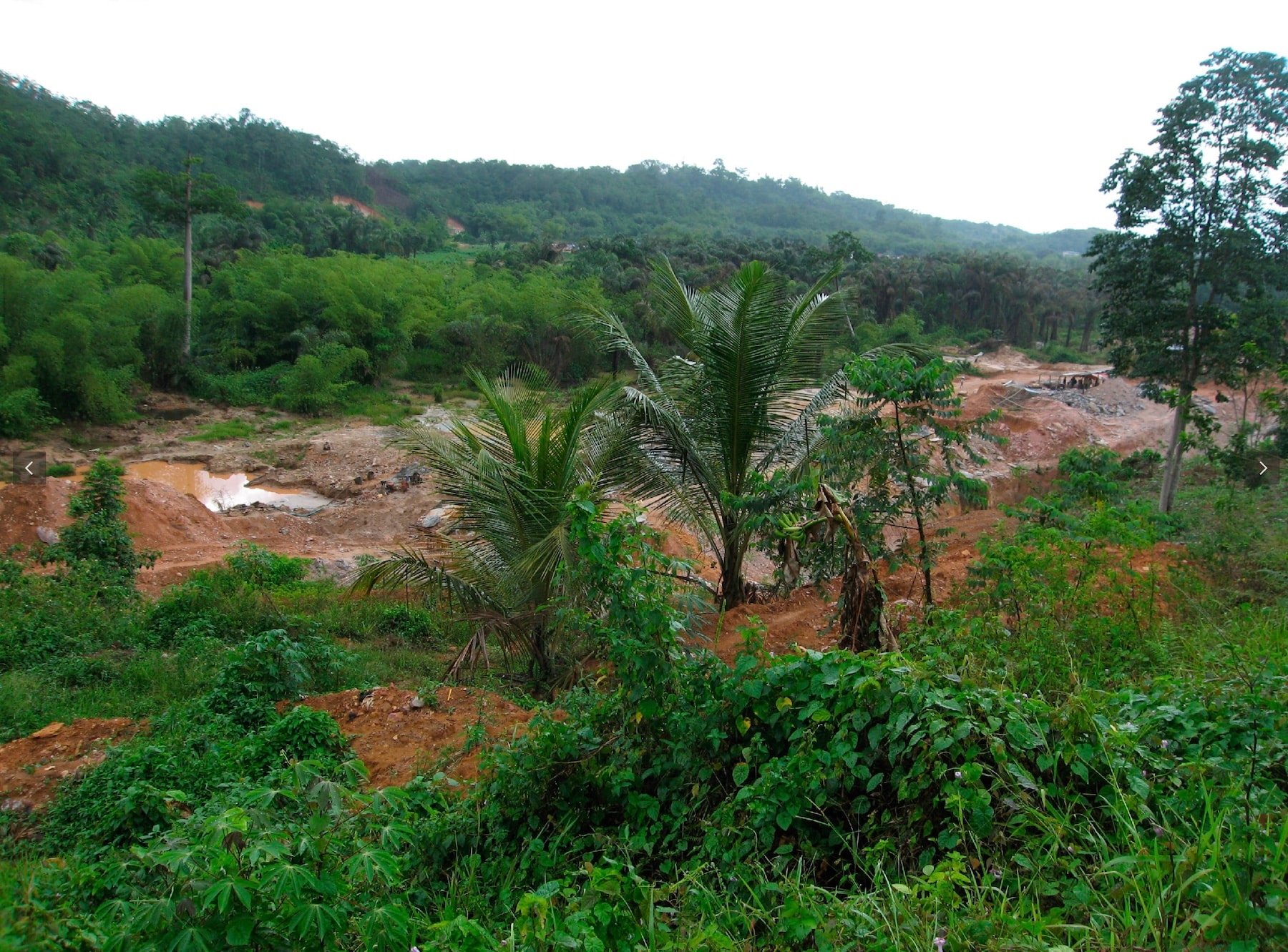

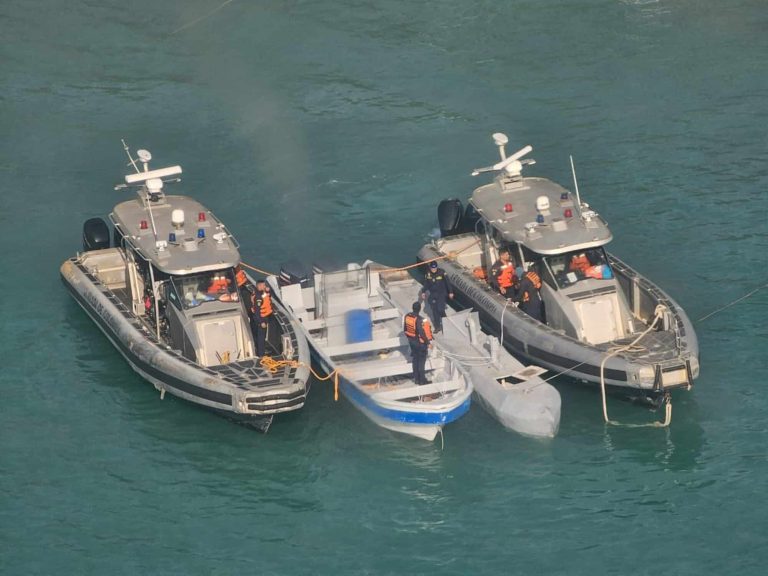




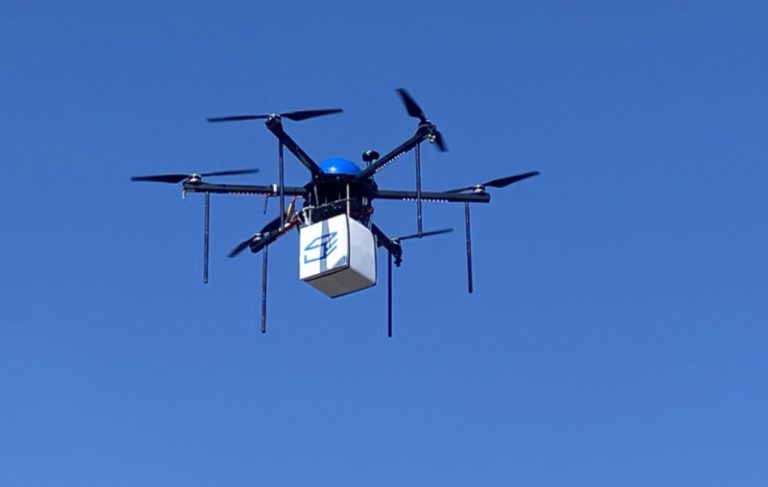

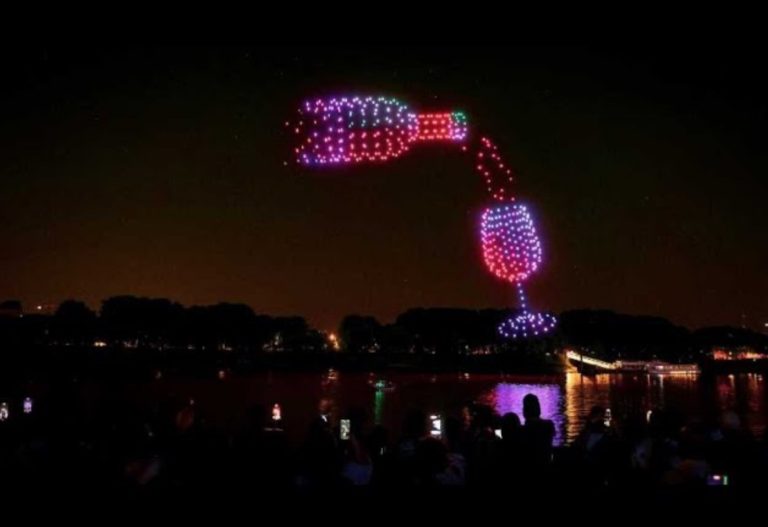
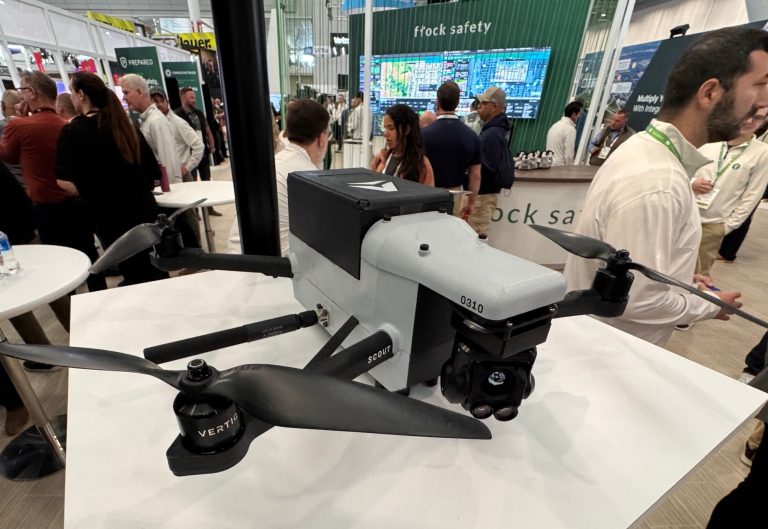
+ There are no comments
Add yours